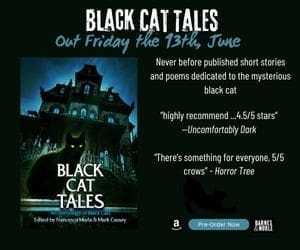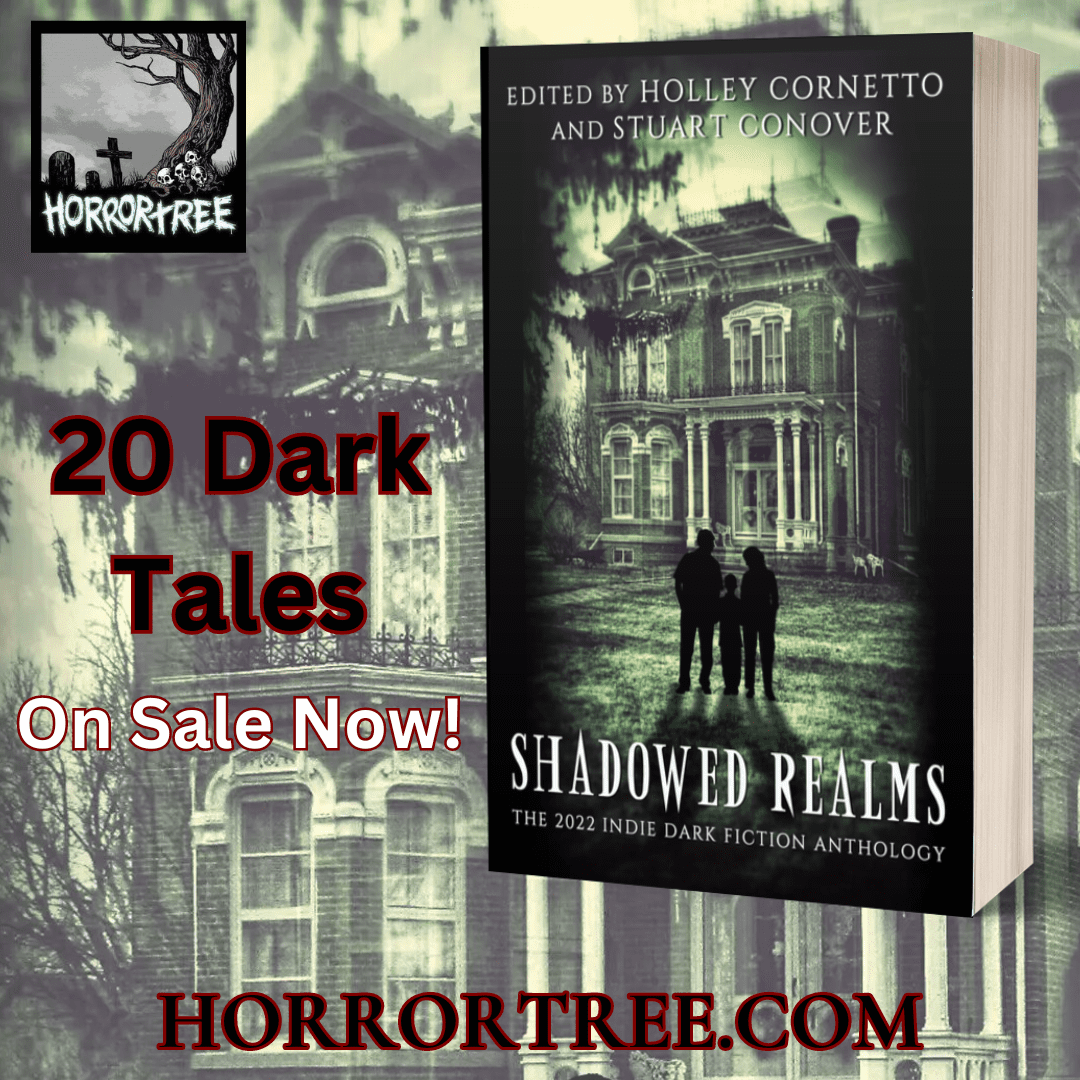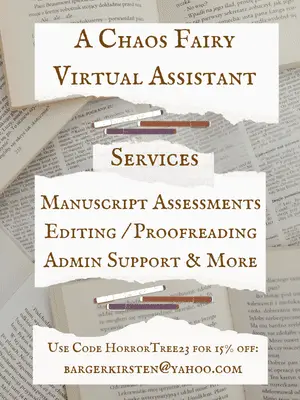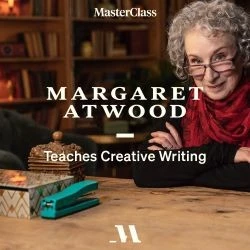The Science of Scare: Understanding Psychological Triggers in Horror
The Science of Scare: Understanding Psychological Triggers in Horror
Fear is one of the most powerful human emotions. It’s instinctive, primal, and deeply rooted in the brain. That’s why horror stories, when done right, can be so effective: they tap directly into that raw emotion, and most importantly, people actually like to be scared by a good story.
But what exactly makes horror scary? It’s not just blood, monsters, or things jumping out from the dark. The best horror works because it targets something deeper: psychological triggers that humans are wired to respond to. Of course, you can scare someone with an ugly monster, but to really tap into a deeply-rooted fear of something really disturbing requires some more profound knowledge.
For writers, understanding these natural triggers is the key to crafting stories that don’t just shock, but truly unsettle.
Fear of the Unknown
The unknown is perhaps the oldest and strongest fear of all. All the myths and religions are built around the unknown, to protect from fear and provide some comfort, even if it is an imaginary one.
People are naturally uncomfortable with things they can’t explain or predict. Darkness, strange noises, unfamiliar shapes; all these stir fear not because they are dangerous, but because we don’t know if they are. People are very good at overthinking and imagining threats even greater than they probably realistically can be.
Writers can use this fear by keeping certain things vague. The haunted house is more frightening when its history is only hinted at. By leaving gaps in the reader’s knowledge, the story invites their imagination to fill in the blank spaces, and imagination often creates something far worse than any description ever could.
One of the reasons is that when the monster is shown, it only taps powerfully into certain people’s fears and less powerfully into others. However, in our own heads, we will imagine exactly the type of danger we, personally, fear the most.
How to use it in creating scary stories:
- Delay the reveal of the threat and leave cliffhangers.
- Use shadowy figures, strange sounds, or half-heard whispers.
- Let characters and readers question what’s real and what’s suggested.
Isolation and Loneliness
Being alone makes people vulnerable. Being alone in a cabin in the woods or being the only one who sees strange things and no one believes you is both isolation. The key trigger is that one has no one else to turn to for help and support.
Isolation immediately puts the character at a disadvantage and additional threats. The reader knows right away that the help is hard to reach, if it is reachable at all.
Isolation also makes characters confront themselves or their few allies, if they have them. Being stuck on an isolated island together with a group of people might be even worse than being stuck totally alone.
How to use the trigger of isolation to create a horror story:
- Choose remote locations or unexpected situations that put the character in isolation.
- Cut the character off from others emotionally, not just physically.
- Underline that anyone can get into this situation, like absolutely average and normal people who have families, jobs, play free spins 2025, watch TV, etc.
Loss of Control
It might sound a bit like a stretch, but loss of control is one of the powerful triggers, especially for adults. People prefer to feel in control of their environments and their choices. Even loss of control in choices, like being in a weird hospital, etc., can be a powerful horror story. Such stories tap into anxiety and panic when the character can’t escape, can’t understand what’s happening, and can’t change anything.
Great examples of the loss of control trigger are possession, mind control, psychological breakdowns, psychiatric wards, etc. How to use it:
- Make normal objects weird.
- Break the rules of reality and introduce leaps in time, etc.
- Make it slow.
Fear of Death (and What Comes After)
Death is the ultimate fear for many. However, in a horror story, it is not the act of death that is scary, but what comes next. People love stories about ghosts, spirits, and undead creatures.
This fear is closely tied to culture, religion, and personal beliefs, but it taps into a shared discomfort about the end of life and the mystery beyond it. Writers don’t even need to invent something brand new and fresh about it, just keep being creative about the classical things.
How to use it:
- Create a curse or legend about the dead being undead.
- Suggest that someone is watching the characters “from the other side”.
- Use culturally widespread death symbols like funerals, coffins, and so on.
Taking advantage of these simple methods will help any writer in creating a story that is not just scary but also deeply disturbing, and raise important existential questions for the readers.












